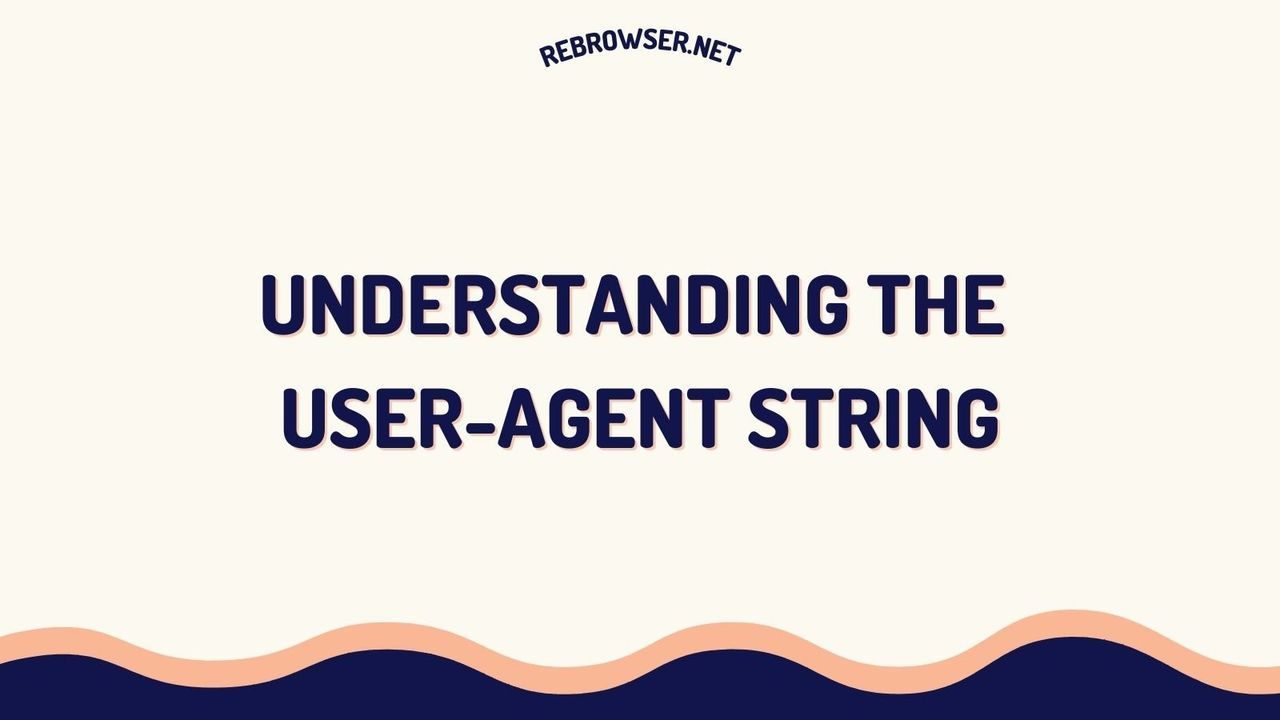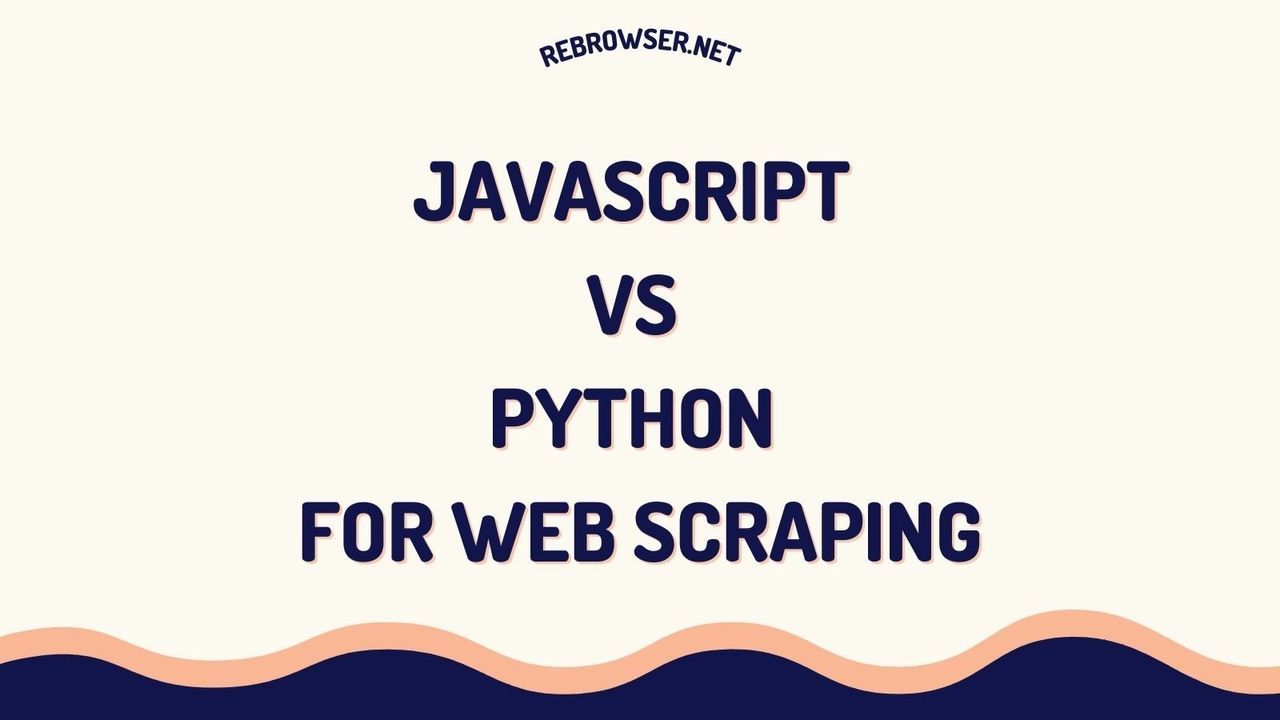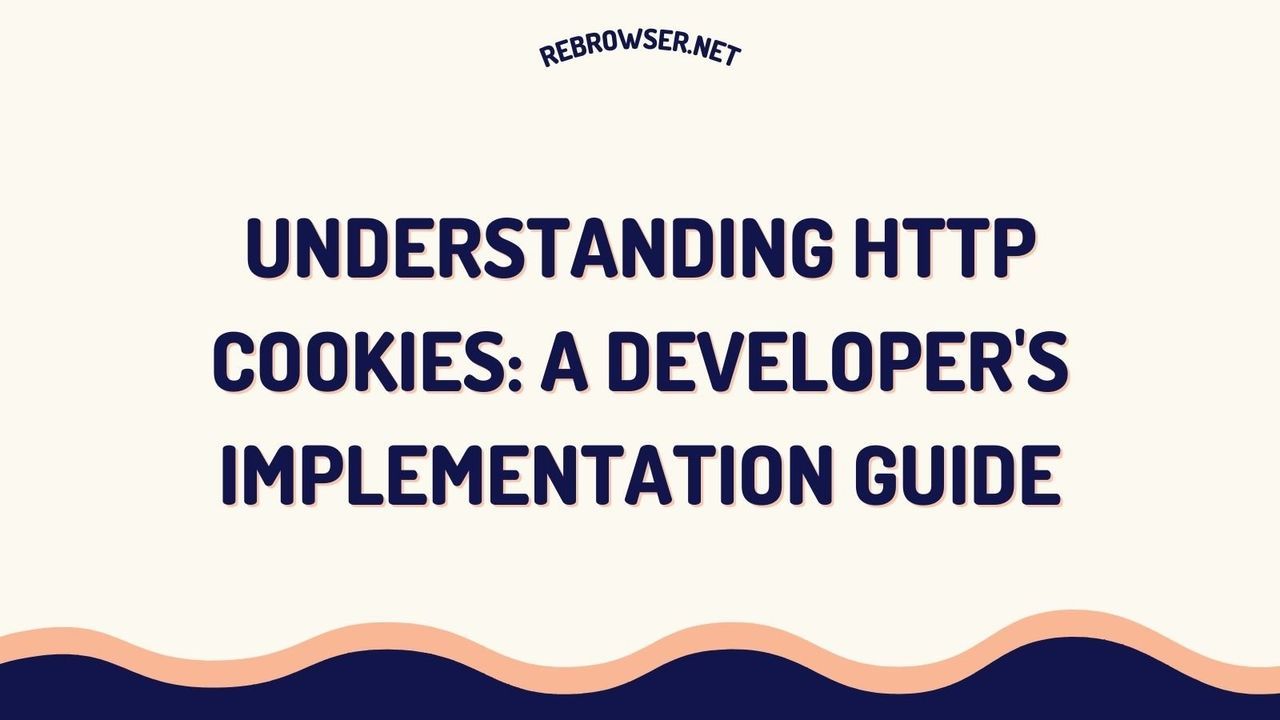Beautiful Soup Tutorial: A Practical Guide to Python Web Scraping in 2025
Key Takeaways
- Beautiful Soup is a Python library that simplifies web scraping by providing intuitive methods to parse HTML/XML and extract data
- Modern web scraping requires careful handling of anti-bot measures, rate limiting, and ethical considerations
- CSS selectors offer the most maintainable and debuggable approach to targeting elements in web scraping
- Proper error handling and data validation are crucial for building reliable scraping solutions
- Following ethical guidelines and respecting robots.txt is essential for sustainable web scraping practices
Introduction
In today's data-driven world, web scraping has become an essential skill for developers, data scientists, and business analysts. According to recent industry reports, the web scraping software market is expected to reach $7.2 billion by 2025, growing at a CAGR of 15.6% from 2023. Beautiful Soup stands out as one of the most popular Python libraries for web scraping, chosen by over 65% of Python developers for their data extraction needs.
This comprehensive guide will walk you through everything you need to know about web scraping with Beautiful Soup, from basic concepts to advanced techniques and best practices.
Getting Started with Beautiful Soup

Installation and Setup
First, let's install Beautiful Soup and the requests library:
pip install beautifulsoup4==4.12.3 pip install requests==2.32.3
Create a new virtual environment for your project:
python -m venv scraping-env source scraping-env/bin/activate # On Windows: scraping-env\Scripts\activate
Basic Usage
Here's a simple example to get started:
import requests
from bs4 import BeautifulSoup
# Send HTTP GET request
response = requests.get('https://example.com')
# Create Beautiful Soup object
soup = BeautifulSoup(response.content, 'html.parser')
# Find first h1 tag
title = soup.find('h1')
print(title.text)
Understanding DOM Navigation
CSS Selectors: The Modern Approach

While Beautiful Soup offers multiple ways to navigate the DOM, CSS selectors provide the most maintainable and powerful approach. Here's why:
- Easy debugging using browser developer tools
- Consistent syntax across different use cases
- More readable and maintainable code
- Better performance for complex queries
Example of CSS selector usage:
# Find all articles with a specific class
articles = soup.select('article.post')
# Find elements with multiple conditions
headers = soup.select('div.content > h2.title')
# Find elements by attribute
links = soup.select('a[href*="example.com"]')
Advanced Scraping Techniques
Error Handling and Validation
Robust error handling is crucial for reliable web scraping. Here's a pattern that works well in production:
def safe_extract(soup, selector, attribute=None):
try:
element = soup.select_one(selector)
if element is None:
return None
if attribute:
return element.get(attribute)
return element.text.strip()
except Exception as e:
logging.error(f"Error extracting {selector}: {str(e)}")
return None
# Usage
title = safe_extract(soup, 'h1.title')
link = safe_extract(soup, 'a.main-link', 'href')
Rate Limiting and Anti-Bot Measures
Modern web scraping requires careful handling of rate limits and anti-bot detection. Here's a reusable rate limiter class:
import time
from collections import deque
from datetime import datetime, timedelta
class RateLimiter:
def __init__(self, requests_per_minute):
self.requests_per_minute = requests_per_minute
self.requests = deque()
def wait_if_needed(self):
now = datetime.now()
# Remove requests older than 1 minute
while self.requests and self.requests[0] < now - timedelta(minutes=1):
self.requests.popleft()
if len(self.requests) >= self.requests_per_minute:
sleep_time = (self.requests[0] + timedelta(minutes=1) - now).total_seconds()
if sleep_time > 0:
time.sleep(sleep_time)
self.requests.append(now)
Best Practices for Production Scraping
Data Validation and Cleaning
Always validate and clean extracted data before storage or processing:
from typing import Optional
from datetime import datetime
def clean_price(price_str: Optional[str]) -> Optional[float]:
if not price_str:
return None
try:
# Remove currency symbols and whitespace
cleaned = ''.join(c for c in price_str if c.isdigit() or c == '.')
return float(cleaned)
except ValueError:
return None
def parse_date(date_str: Optional[str]) -> Optional[datetime]:
if not date_str:
return None
date_formats = [
'%Y-%m-%d',
'%d/%m/%Y',
'%B %d, %Y'
]
for fmt in date_formats:
try:
return datetime.strptime(date_str.strip(), fmt)
except ValueError:
continue
return None
Ethical Considerations and Robots.txt
Always check and respect the target website's robots.txt file. Here's a helper function:
from urllib.parse import urlparse
from urllib.robotparser import RobotFileParser
def can_scrape_url(url: str, user_agent: str = '*') -> bool:
try:
parsed = urlparse(url)
robots_url = f"{parsed.scheme}://{parsed.netloc}/robots.txt"
parser = RobotFileParser()
parser.set_url(robots_url)
parser.read()
return parser.can_fetch(user_agent, url)
except Exception as e:
# If we can't fetch robots.txt, assume we can't scrape
return False
Real-World Case Study: Building a News Aggregator
Let's put everything together in a real-world example. We'll build a news aggregator that scrapes headlines from multiple sources while following best practices:
import requests
from bs4 import BeautifulSoup
from dataclasses import dataclass
from datetime import datetime
from typing import List, Optional
@dataclass
class NewsArticle:
title: str
url: str
published_date: Optional[datetime]
source: str
class NewsScraperBase:
def __init__(self, requests_per_minute: int = 30):
self.rate_limiter = RateLimiter(requests_per_minute)
self.session = requests.Session()
self.session.headers.update({
'User-Agent': 'NewsAggregator/1.0 (Educational Purpose)'
})
def get_soup(self, url: str) -> Optional[BeautifulSoup]:
if not can_scrape_url(url):
return None
self.rate_limiter.wait_if_needed()
try:
response = self.session.get(url, timeout=10)
response.raise_for_status()
return BeautifulSoup(response.content, 'html.parser')
except Exception as e:
logging.error(f"Error fetching {url}: {str(e)}")
return None
class HackerNewsScraperExample(NewsScraperBase):
def scrape_front_page(self) -> List[NewsArticle]:
soup = self.get_soup('https://news.ycombinator.com')
if not soup:
return []
articles = []
for item in soup.select('tr.athing'):
title_elem = item.select_one('.titleline > a')
if not title_elem:
continue
articles.append(NewsArticle(
title=title_elem.text.strip(),
url=title_elem['href'],
published_date=None, # HN doesn't show dates on front page
source='Hacker News'
))
return articles
From the Field: Developer Experiences
Technical discussions across various platforms reveal that web scraping presents both opportunities and challenges for developers at all skill levels. Enterprise teams report sophisticated defense mechanisms, with one IT professional sharing insights about using Akamai's Bot Manager to detect and respond to automated traffic. These systems can identify specific programming language libraries and implement various countermeasures, from outright blocking to serving modified data.
Common challenges reported by developers include rate limiting issues, with many sharing stories of temporary IP blocks from accessing sites too frequently. The community strongly emphasizes the importance of implementing delays between requests and respecting robots.txt files. However, interesting debates have emerged around the practical aspects of compliance - while some developers advocate for thorough review of terms of service, others question the feasibility of parsing lengthy legal documents for every target site.
Practical insights from experienced scrapers highlight the importance of proper planning and investigation before writing any code. One developer shared a valuable lesson about pagination handling, where their spider unexpectedly followed both chronological and archive links simultaneously, resulting in tens of thousands of unnecessary requests. This experience led to developing tools for analyzing URL structures before deployment.
The community generally agrees on several best practices: using development environments like Jupyter notebooks to minimize repeat requests during code development, implementing proper error handling for unexpected site changes, and considering specialized frameworks like Scrapy for production deployments. There's also an ongoing discussion about handling JavaScript-rendered content, with some favoring tools like Selenium while others recommend investigating API endpoints that might provide the same data more efficiently.
Conclusion
Beautiful Soup remains one of the most powerful and user-friendly web scraping libraries in 2025. Still unsure which scraping tool to use? Check out our comparison of Beautiful Soup vs Scrapy to make the right choice for your needs. By following the best practices and patterns outlined in this guide, you can build reliable and maintainable web scraping solutions that respect website policies and handle modern web challenges effectively.
For more information and advanced topics, check out these resources:





